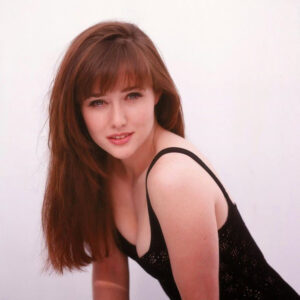Sigourney Weaver—a name that has become synonymous with resilience, versatility, and undeniable talent. From her groundbreaking performances in science fiction to her commanding presence on the stage, she has carved a legacy that spans decades. Known for portraying strong and complex characters, her journey from a New York teenager to one of Hollywood’s most respected stars is as captivating as the roles she embodies.
Early Life and Academic Foundations
Born Susan Alexandra Weaver on October 8, 1949, in New York City, Sigourney came from an illustrious family. Her father, Sylvester “Pat” Weaver, was a trailblazer in television, serving as president of NBC during its formative years. Her mother, Elizabeth Inglis, was an accomplished actress, best known for her work in classic films like The 39 Steps. It’s no surprise that Sigourney grew up surrounded by creativity and storytelling.
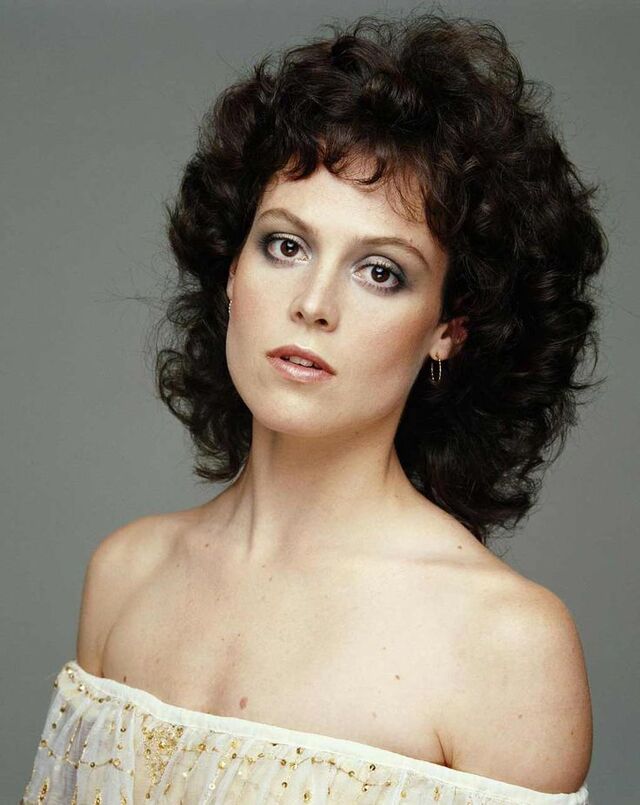
At the age of 14, she rechristened herself “Sigourney” after a minor character in F. Scott Fitzgerald’s The Great Gatsby. The new name symbolized her desire to break free from convention, a theme that would later define her career. Despite towering over her peers at 5 feet 11 inches, Sigourney embraced her height, using it as a symbol of confidence and strength.
Weaver pursued her education at Stanford University, earning a degree in English in 1972. Her love for performance led her to Yale’s School of Drama, where she refined her craft alongside future legends like Meryl Streep. Despite facing discouragement from instructors, her collaborations with playwrights such as Christopher Durang fueled her passion and prepared her for a remarkable career.
Video:
The Breakthrough: Ellen Ripley in Alien
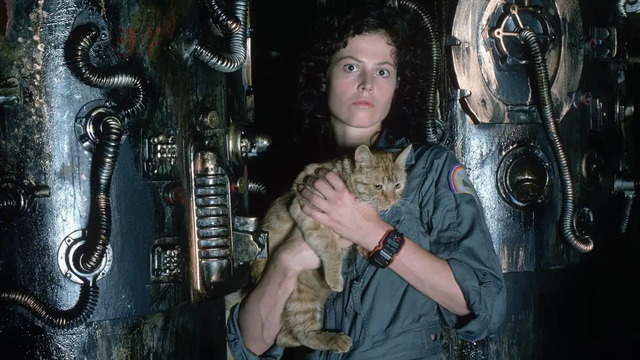
In 1979, Sigourney Weaver made cinematic history with her portrayal of Ellen Ripley in Ridley Scott’s Alien. Initially written for a male actor, the role of Ripley was transformed by Weaver’s commanding performance, setting a new standard for female protagonists in science fiction. Ripley’s bravery, intelligence, and resourcefulness resonated with audiences, catapulting Weaver to international fame.
Alien was a commercial and critical success, grossing over $75 million in the United States. Its success led to a beloved franchise, with Weaver reprising her role in Aliens (1986), Alien³ (1992), and Alien: Resurrection (1997). For her performance in Aliens, Weaver earned her first Academy Award nomination for Best Actress—a groundbreaking achievement for a sci-fi film.
Diversifying Her Roles
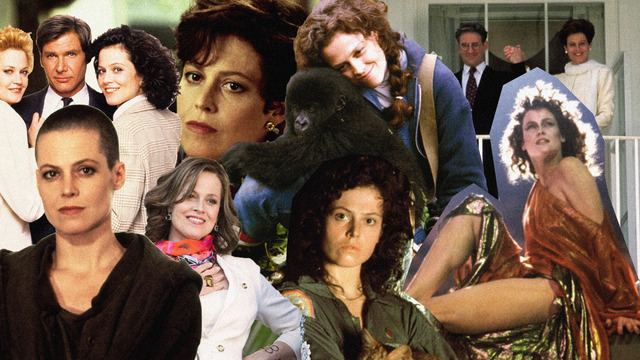
Weaver’s career in the 1980s showcased her versatility as she took on roles in a variety of genres. In Ghostbusters (1984), she brought humor and charm to the role of Dana Barrett, a cellist caught in a supernatural whirlwind. The film became a cultural phenomenon, solidifying Weaver’s status as a household name. She reprised her role in Ghostbusters II (1989) and later appeared in reboots, continuing to delight fans of the franchise.
In 1988, Weaver delivered two of her most acclaimed performances. As Dian Fossey in Gorillas in the Mist, she captured the determination and passion of the famed primatologist, earning her a second Oscar nomination. That same year, she played a scheming executive in Working Girl, showcasing her comedic timing and earning a nomination for Best Supporting Actress.
Challenges and Triumphs in the 1990s
The 1990s brought new challenges and opportunities for Weaver. She starred in the critically acclaimed The Ice Storm (1997), directed by Ang Lee, delivering a haunting performance as a suburban wife grappling with emotional isolation. The film demonstrated Weaver’s ability to convey vulnerability and depth, earning widespread praise.
In Galaxy Quest (1999), Weaver embraced her comedic side once again. Playing Gwen DeMarco, a TV actress mistaken for her on-screen character, Weaver delighted audiences with her satirical take on science fiction fandom. The film became a cult classic and remains one of her most beloved roles.
A New Era: Avatar and Beyond
Weaver’s collaboration with James Cameron on Avatar (2009) introduced her to a new generation of fans. As Dr. Grace Augustine, she brought wisdom and heart to the groundbreaking sci-fi epic, which became the highest-grossing film of all time. In the sequel, Avatar: The Way of Water (2022), Weaver surprised audiences by playing Kiri, a 14-year-old Na’vi girl. The role, brought to life through de-aging technology and CGI, showcased her willingness to push boundaries.
Weaver continued to explore diverse roles in films like The Cabin in the Woods (2011), Call Jane (2022), and animated favorites such as Finding Dory (2016). Her ability to adapt to changing trends in Hollywood while staying true to her craft has cemented her as a timeless icon.
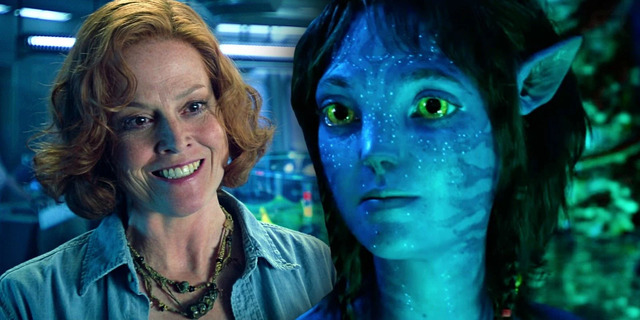
Theater: Her First Love
While her film career soared, Weaver never abandoned her love for the stage. In 1984, she earned a Tony Award nomination for her performance in David Rabe’s Hurlyburly. Decades later, she returned to Broadway in Christopher Durang’s Vanya and Sonia and Masha and Spike (2013), earning critical acclaim for her comedic brilliance. Through theater, Weaver has continued to challenge herself artistically, proving her dedication to storytelling in all its forms.
Personal Life and Legacy
In 1984, Weaver married theater director Jim Simpson. Together, they founded The Flea Theater in New York, an Off-Off-Broadway venue dedicated to fostering experimental and emerging works. The couple has one daughter, Charlotte Simpson, who has followed in her parents’ creative footsteps.
Despite her immense success, Weaver has remained grounded, using her platform to advocate for environmental causes and wildlife conservation. Her humility, combined with her talent and passion, has endeared her to fans worldwide.
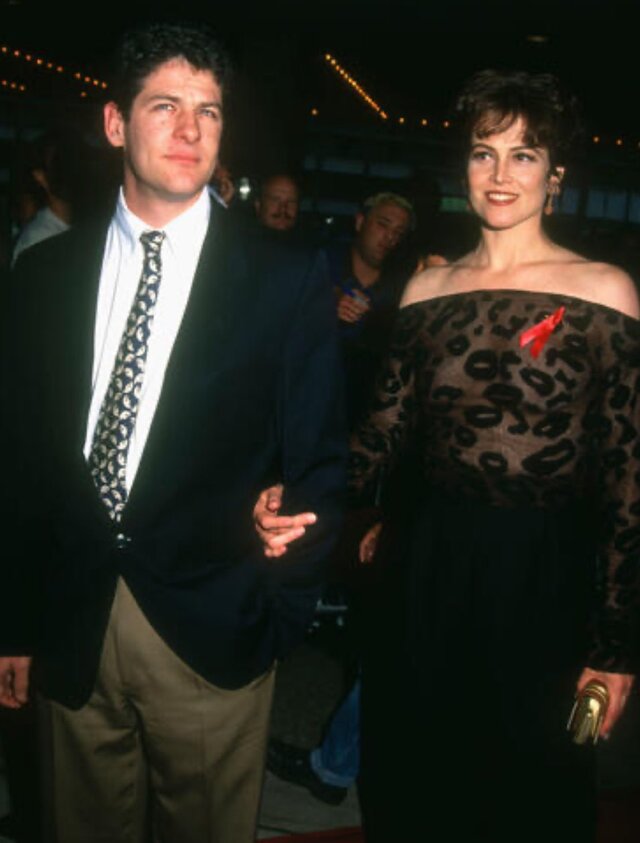
The Legacy of a Trailblazer
Sigourney Weaver’s career is a testament to her versatility, resilience, and unwavering commitment to her craft. From redefining the role of women in science fiction to delivering powerful performances across genres, she has inspired generations of actors and audiences alike.
As she continues to take on new challenges, Weaver reminds us that true greatness lies not just in talent but in the courage to embrace change and defy expectations. Her story is one of perseverance, innovation, and an enduring love for the art of storytelling.



